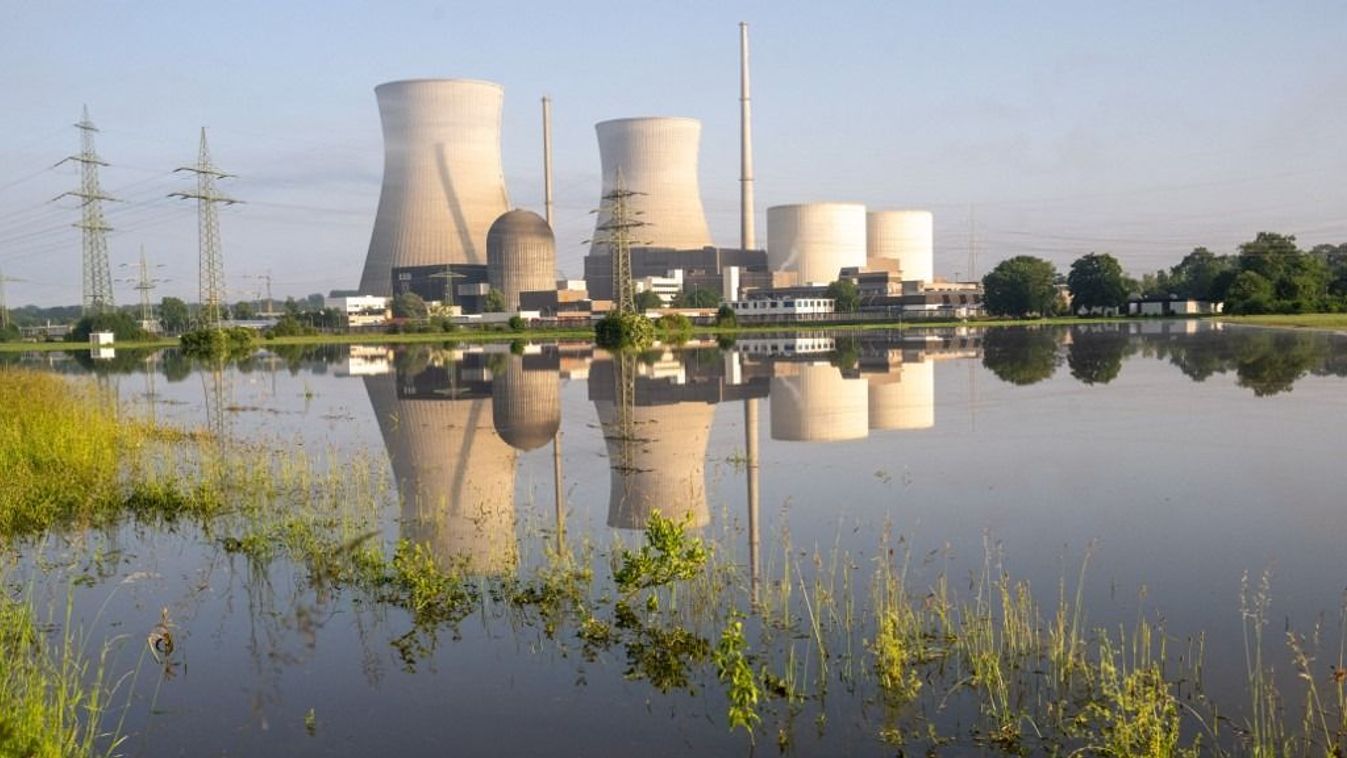The Chinese Economy’s Secret Recipe
Thanks to decisive policy moves to pre-empt a housing bubble, the real-estate market has stabilized, and further corrections are expected soon. This is good news for China’s economy, but disappointing, perhaps, to those who assumed that the government would allow the bubble to grow bigger and bigger, eventually precipitating a crash.
Whether or not the housing correction will hit overall growth depends on how one defines “hit.” Lower asset prices may slow total investment growth and GDP, but if the slowdown is (supposedly) from 11% to 9%, China will avoid economic over-heating yet still enjoy sustainable high growth. Indeed, for China, the current annualized growth rate of 37% in housing investment is very negative. Ideally, it would slow to, say, 27% this year!
China has sustained rapid economic growth for 30 years without significant fluctuations or interruption – so far. Excluding the 1989-1990 slowdown that followed the Tiananmen crisis, average annual growth over this period was 9.45%, with a peak of 14.2% in 1994 and 2007, and a nadir of 7.6% in 1999.
While most major economies in their early stages of growth suffered crises, China’s story seems abnormal (or accidental), and has elicited periodic predictions of an “upcoming crash.” All such predictions have proved wrong, but the longer the story lasts, the more people forecast a bad end.
For me, there is nothing more abnormal about China’s unbroken pattern of growth than effective macroeconomic intervention in boom times.
To be sure, both economic development and institutional reforms may cause instability. Indeed, the type of central government inherited from the old planned economy, with its over-stretched growth plans, causes fluctuations, and contributed significantly to instability in the early 1980’s.
But the central government must be responsible for inflation in times of overheating, lest a bursting bubble fuel unemployment. Local governments and state-owned enterprises do not necessarily have those concerns. They want high GDP growth, without worrying much about the macroeconomic consequences. They want to borrow as much as possible to finance ambitious investment projects, without worrying much about either repayment or inflation.
Indeed, the main cause of overheating in the early 1990’s was over-borrowing by local governments. Inflation soared to 21% in 1994 – its highest level over the past 30 years – and a great deal of local debt ended up as non-performing loans, which amounted to 40% of total credits in the state banking sector in the mid-1990’s. This source of vulnerability has become less important, owing to tight restrictions imposed since the 1990’s on local governments’ borrowing capacity.
Now, however, the so-called “animal spirits” of China’s first generation of entrepreneurs have become another source of overheating risk. The economy has been booming, income has been rising, and markets have been expanding: all this creates high potential for enterprises to grow; all want to seize new opportunities, and every investor want to get rich fast. They have been successful and, so far, have not experienced bad times. So they invest and speculate fiercely without much consideration of risk.
The relatively high inflation of the early 1990’s was a warning to central government policymakers about the macroeconomic risks posed by fast growth. The bubble bursts in Japan’s economy in the early 1990’s, and the Southeast Asian economies later in the decade, provided a neighborly lesson to stop believing that bubbles never burst.
Since then, the central government’s policy stance has been to put brakes on the economy whenever there is a tendency toward over-heating. Stringent measures were implemented in the early 1990’s to reduce the money supply and stop over-investment, thereby heading off hyperinflation.
In the recent cycle, the authorities began cooling down the economy as early as 2004, when China had just emerged from the downturn caused by the SARS scare in 2003. In late 2007, when GDP growth hit 13%, the government adopted more restrictive anti-bubble policies in industries (steel, for example) and asset markets (real estate), which set the stage for an early correction.
Economic theory holds that all crises are caused by bubbles or over-heating, so if you can manage to prevent bubbles, you can prevent crises. The most important thing for “ironing out cycles” is not the stimulus policy implemented after a crash has already occurred, but to be proactive in boom times and stop bubbles in their early stages.
I am not quite sure whether all Chinese policymakers are good students of modern economics. But it seems that what they have been doing in practice happened to be better than what their counterparts in some other countries were doing – a lot on “de-regulation,” but too little on cooling things down when the economy was booming and bubbles were forming.
The problem for the world economy is that everybody remembered Keynes’s lesson about the need for countercyclical policies only when the crisis erupted, after demanding to be left alone – with no symmetric policy intervention – during the preceding boom. But managing the boom is more important, because it addresses what causes crises in the first place.
In a sense, what China has been doing seems to me to be the creation of a true “Keynesian world”: more private business and freer price competition at the micro level, and active countercyclical policy intervention at the macro level.
There may be other factors that could slow down or interrupt China’s growth. I only hope that policymakers’ vigilance will prevail (and be improved upon), enabling China’s high-growth story to continue for another 10, 20, or 30 years.
Copyright: Project Syndicate, 2010.
www.project-syndicate.org

Portfóliónk minőségi tartalmat jelent minden olvasó számára. Egyedülálló elérést, országos lefedettséget és változatos megjelenési lehetőséget biztosít. Folyamatosan keressük az új irányokat és fejlődési lehetőségeket. Ez jövőnk záloga.























